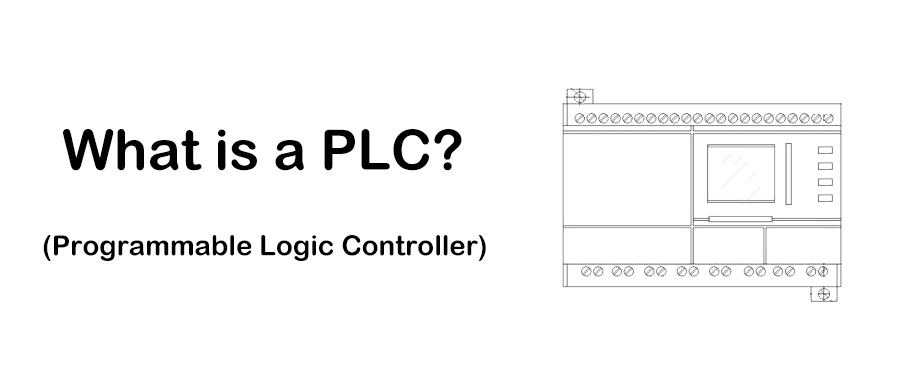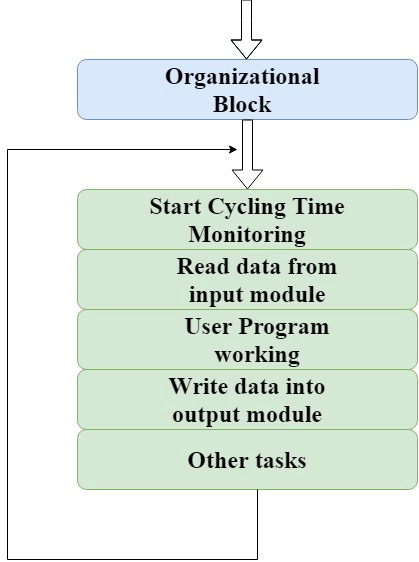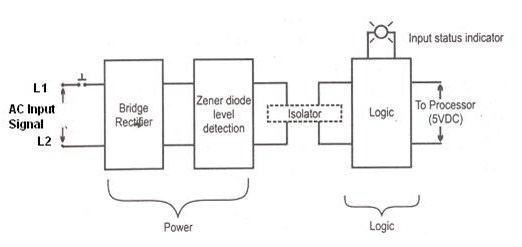What is a PLC?
Date:2019-10-10 Clicks:2423

A programmable logic controller (PLC) is a small, modular solid state computer with customized instructions for performing a particular task. PLCs, which are used in industrial control systems (ICS) for a wide variety of industries, have largely replaced mechanical relays, drum sequencers and cam timers.
How Does a PLC work?
The working of a PLC can be easily understood as a cyclic scanning method known as scan cycle.

A PLC Scan Process includes the following steps
-
The operating system starts cycling and monitoring of time.
-
The CPU starts reading the data from the input module and checks the status of all the inputs.
-
The CPU starts executing the user or application program written in relay-ladder logic or any other PLC-programming language.
-
Next, the CPU performs all the internal diagnosis and communication tasks.
-
According to the program results, it writes the data into the output module so that all outputs are updated.
This process continues as long as the PLC is in run mode.
-
-
Structure of PLC
-
-
Power Supply Module
This module is used to provide the required power to the whole PLC system. It converts the available AC power to DC power which is required by the CPU and I/O module.
CPU Module and Memory
CPU module has a central processor, ROM & RAM memory. ROM memory includes operating system, driver and application program. RAM memory is used to store programs and data. CPU is the brain of PLC with an octal or hexagonal microprocessor. Being a microprocessor based CPU, it replaces timers, relays, and counters. CPU reads the input data from sensors, process it and finally sends the command to controlling devices.
Input and Output Module
Have you ever thought about how to sense physical parameters like temperature, pressure, flow, etc? using PLC? Of course, PLC has an exclusive module for interfacing inputs and output, which is called an input & output module. Input devices can be either start and stop push buttons, switches, etc and output devices can be an electric heater, valves, relays, etc. I/O module helps to interface input and output devices with a microprocessor.
-

-
PLC Input Module
Types of PLCs
The two main types of PLC are fixed / compact PLC and modular PLC.
An integrated or Compact PLC
is built by several modules within a single case. Therefore, the I/O capabilities are decided by the manufacturer, but not by the user. Some of the integrated PLCs allow to connect additional I/Os to make them somewhat modular.
A modular PLC
is built with several components that are plugged into a common rack or bus with extendable I/O capabilities. It contains power supply module, CPU and other I/O modules that are plugged together in the same rack, which are from same manufacturers or from other manufacturers. These modular PLCs come in different sizes with variable power supply, computing capabilities, I/O connectivity, etc.

